Texas EMS Org Leverages Pulsara to Manage Pre-Planned Events
How CHI St. Joseph Health EMS Triaged 150+ Patients a Day at One of Texas’s Largest Festivals When hundreds of thousands of people descend on a...
2 min read
 Kinsie Clarkson
:
Oct 07, 2020
Kinsie Clarkson
:
Oct 07, 2020
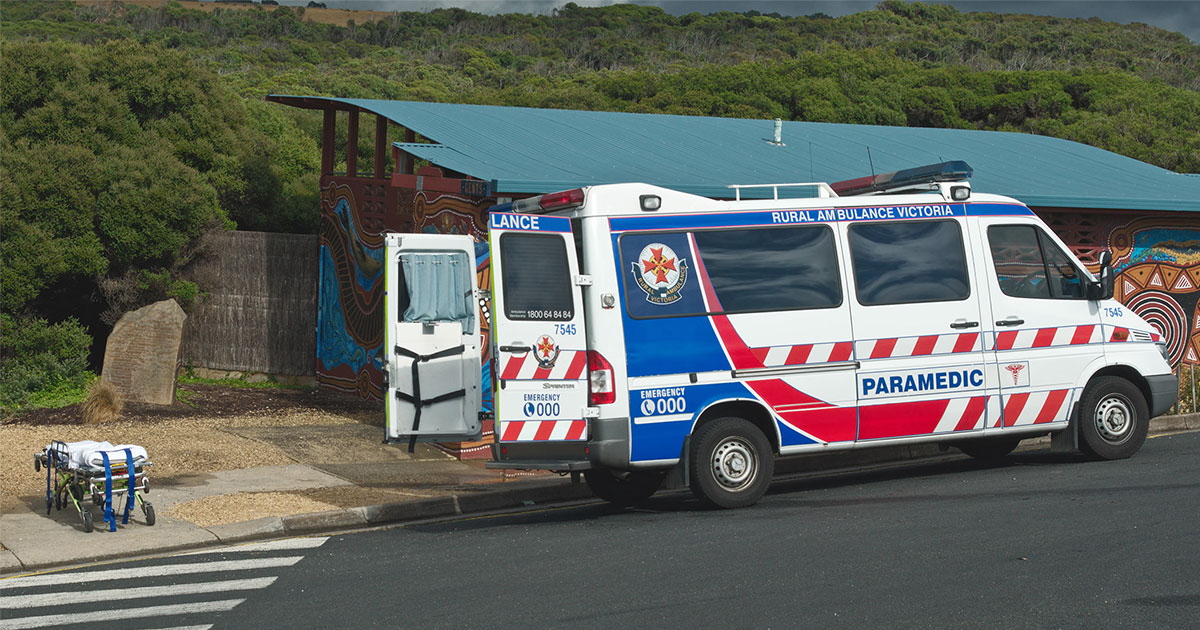
As the world buckled under the weight of COVID-19, emergency protocols were put in place to protect as many people as possible from exposure to the virus. Many of these protocols successfully achieved what they were designed to do. However, there were also many ways in which we didn’t yet fully understand the impacts of our pandemic response protocols.
Australian EMS agency Ambulance Victoria has recently released new research on the specific causes behind one such unintended consequence: increased deaths from sudden cardiac arrest.
In the months after implementing pandemic safety procedures, they noticed a spike in mortality rates for patients with cardiac events. As such, they decided to compare the cardiac arrest survival rates between March and May of 2020 with the statistics from the same timeframe in previous years.
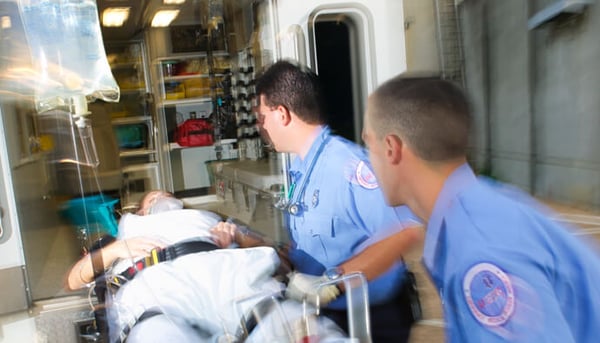
What they found was astonishing. In the last few years, cardiac arrest survival rates have consistently hovered around 12%. This year, however, survival rates fell to 6.1%.
“This is an extraordinary number. It's unheard of,” Ambulance Victoria’s executive director of clinical operations, Associate Professor Mick Stephenson, told the Sydney Morning Herald. “We have seen fluctuations of 1, 2, or 3 percent, but we are talking about a fluctuation of around 50 percent.”
The findings also showed that patients with heart attack symptoms were more likely to be found dead when paramedics arrived, and that those who did survive were more likely to die once they arrived at the hospital.
Given the circumstances, it seems logical to conclude that the decrease in survival rates is related to COVID-19. However, researchers are finding that the uptick in deaths is an unintended consequence of some of the standard social distancing and protective measures taken all over the world.
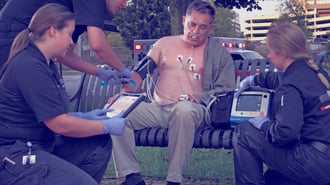 Social distancing has changed the way we interact with public environments, which has also impacted the number of cardiac arrests that happen in public. According to Ambulance Victoria, more people are going into cardiac arrest in their homes, which means there are generally fewer people nearby who are able to help. People experiencing heart attack symptoms are also waiting longer to call for help, whether or not their hospital is overrun with COVID-19 patients.
Social distancing has changed the way we interact with public environments, which has also impacted the number of cardiac arrests that happen in public. According to Ambulance Victoria, more people are going into cardiac arrest in their homes, which means there are generally fewer people nearby who are able to help. People experiencing heart attack symptoms are also waiting longer to call for help, whether or not their hospital is overrun with COVID-19 patients.
When sudden cardiac arrests do occur in public, the pandemic has made bystanders more reluctant to do CPR. Access to AEDs is more limited, as well, since public defibrillators are located in nearby schools, offices, and shopping centers—facilities that are more likely to be locked down and inaccessible.
Researchers also found that delays in treatment time could be a contributing factor. Personal protective equipment is an important safety measure, but it does require additional time to put on and take off. Ambulance Victoria has determined that on average, donning full PPE (including face masks, gloves, and gowns) adds 2 minutes to the response time for each call. Every second counts in cardiac cases, which is why researchers believe the two-minute increase in treatment time is contributing to the drop in survival rates.
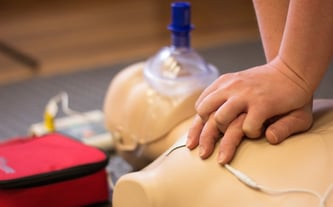 “People by and large after cardiac arrest do not die of heart disease, they die of brain disease," Professor Stephenson explained. “That extra time taken to resuscitate them probably contributed to more brain injury and therefore more death. That it is why it is absolutely fundamental that people in the home do CPR on their loved ones. It’s really, really important because every minute counts. It can be the difference between whether they live or they die."
“People by and large after cardiac arrest do not die of heart disease, they die of brain disease," Professor Stephenson explained. “That extra time taken to resuscitate them probably contributed to more brain injury and therefore more death. That it is why it is absolutely fundamental that people in the home do CPR on their loved ones. It’s really, really important because every minute counts. It can be the difference between whether they live or they die."
Bystander CPR plays an important role in keeping the patient alive until help can arrive. Chest compressions keep the heart quivering, or fibrillating, which buys precious minutes for the patient until medics can arrive and take over. That fact alone makes CPR a vital action in any cardiac arrest case. As medics strive to arrive on the scene as quickly as possible, keeping the patient’s heart going with CPR can save their life. Bystander CPR helps double the survival rate.
Last week, Ambulance Victoria released an instructional video demonstrating how to do CPR and use an AED. They reassure viewers that while CPR can seem scary and intimidating, it's not hard to learn, and it's a skill that could save the life of a family member or friend. Outlined clearly and in simple steps, this five-minute video demystifies effective CPR, and is well worth watching.
Pulsara can help you reduce treatment times in sudden cardiac arrest cases. Visit our website to learn more.
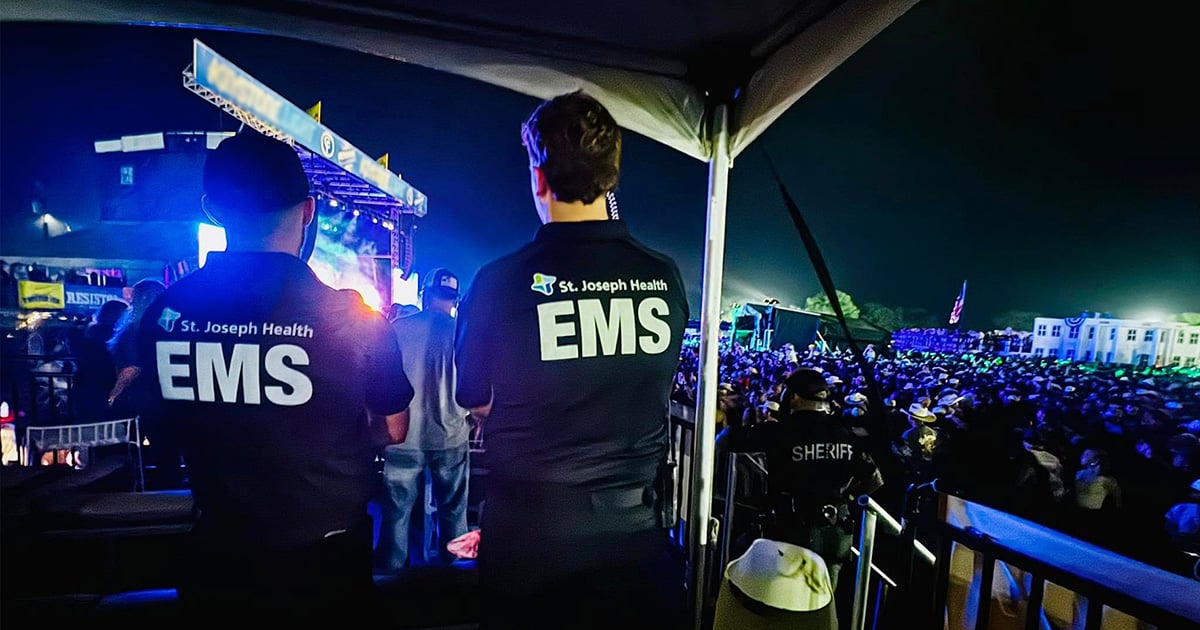
How CHI St. Joseph Health EMS Triaged 150+ Patients a Day at One of Texas’s Largest Festivals When hundreds of thousands of people descend on a...
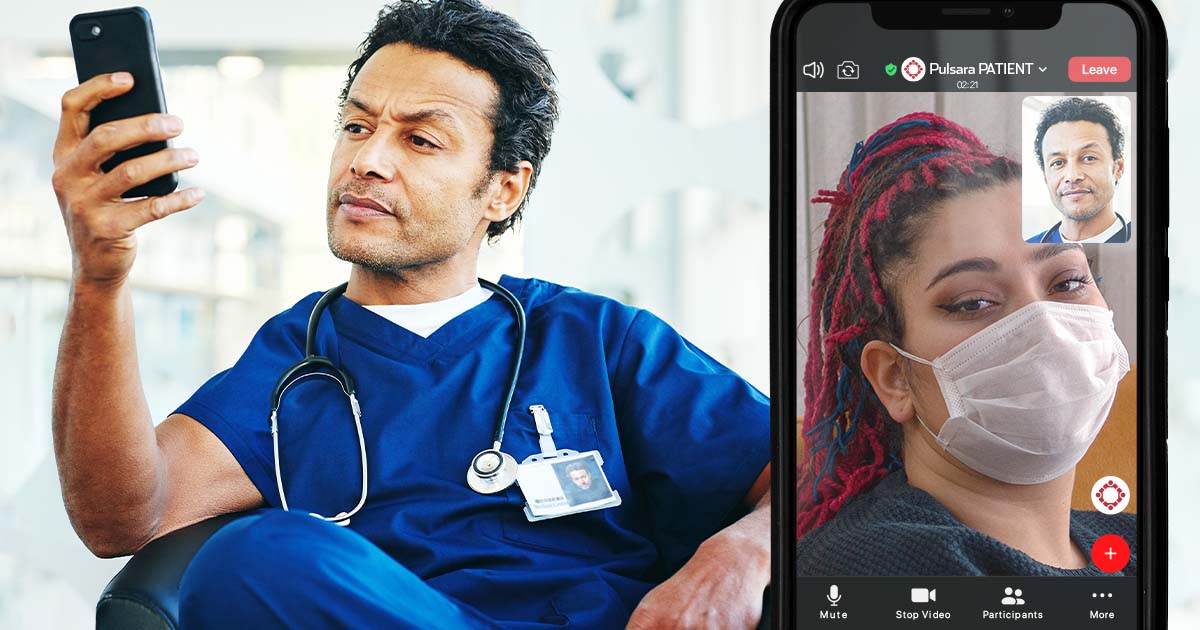
June Recap Celebrating Customer and Community Successes In Colorado Teams in Colorado Springs, CO, are using Pulsara to keep STEMI DTB times under 30...
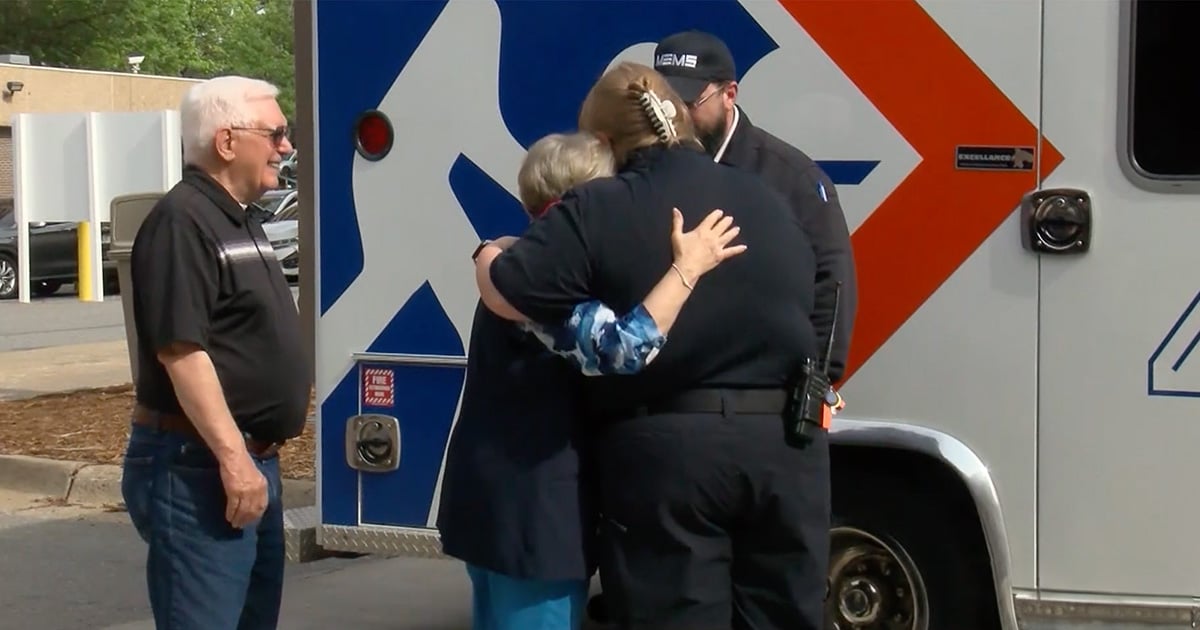
How Metropolitan EMS and Baptist Health Medical Center worked together to achieve a remarkable outcome for one stroke patient When a woman in Little...